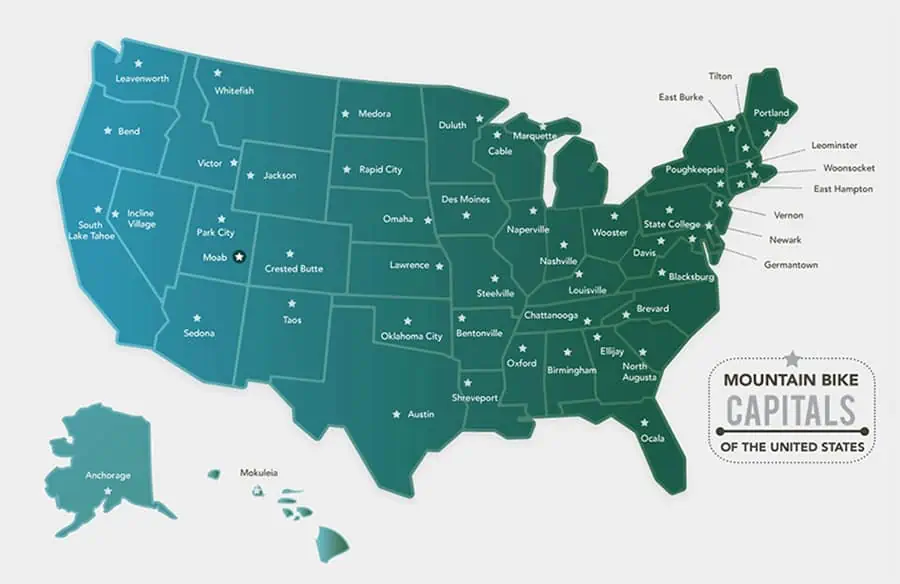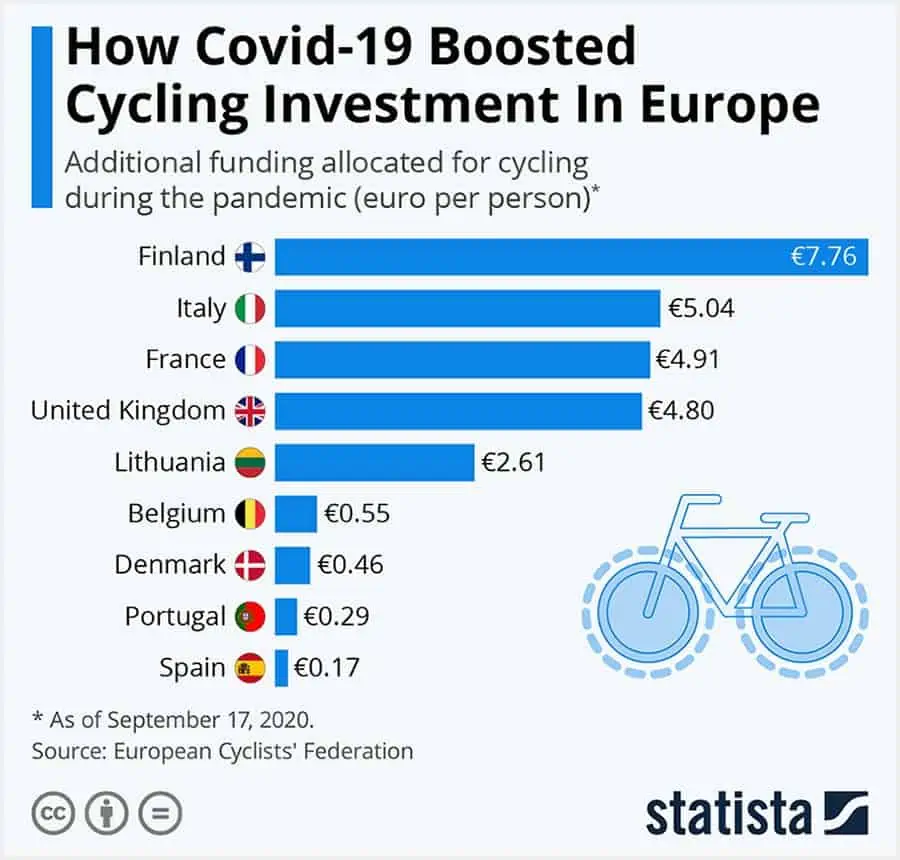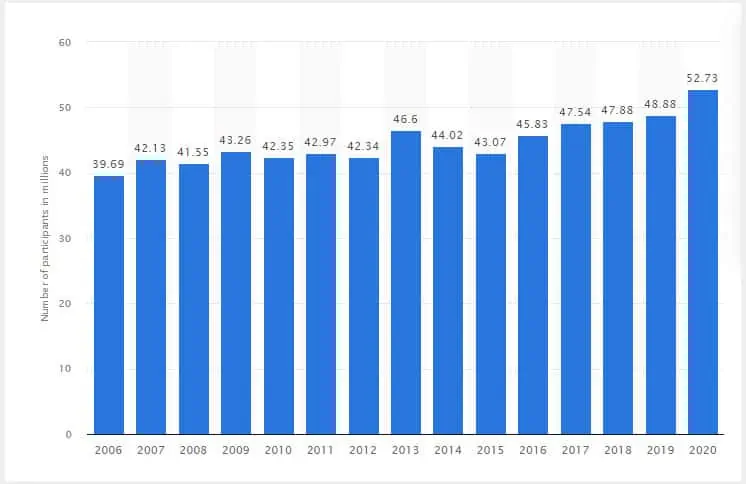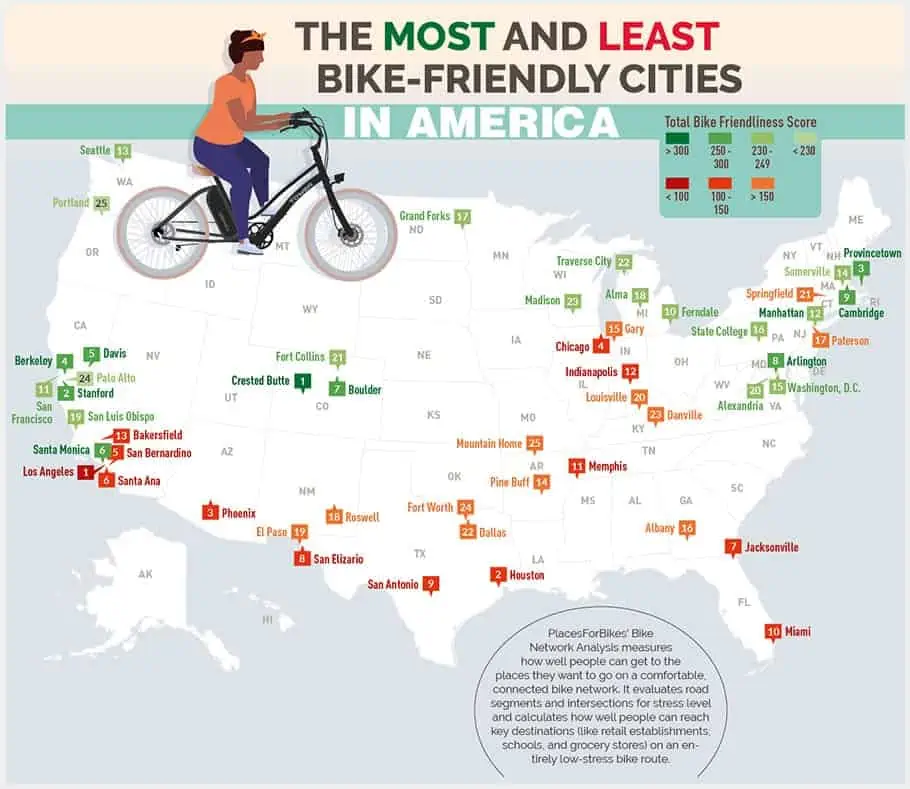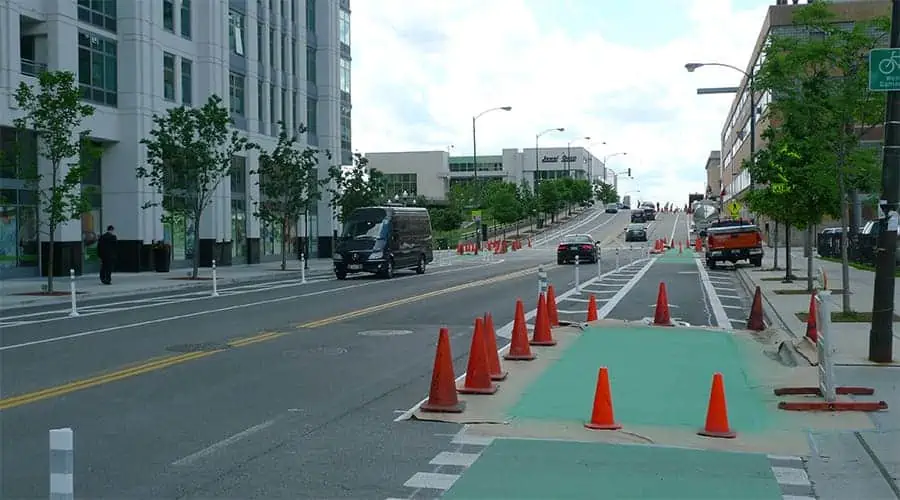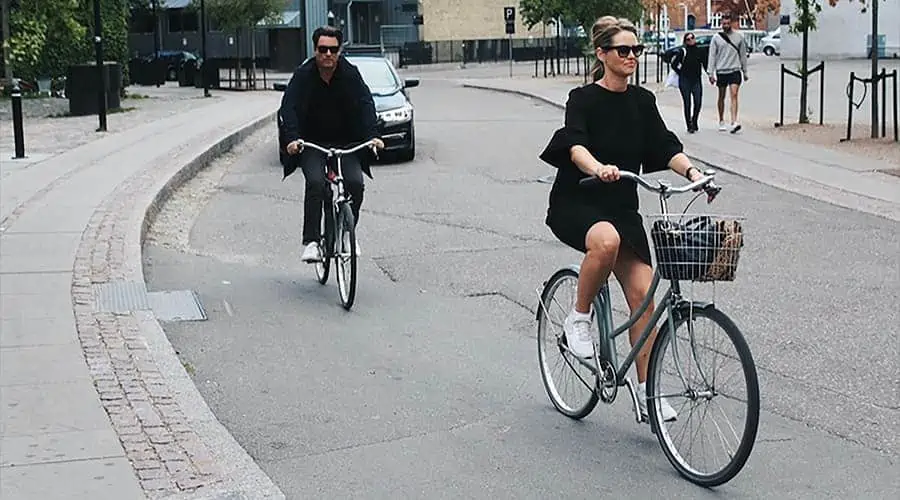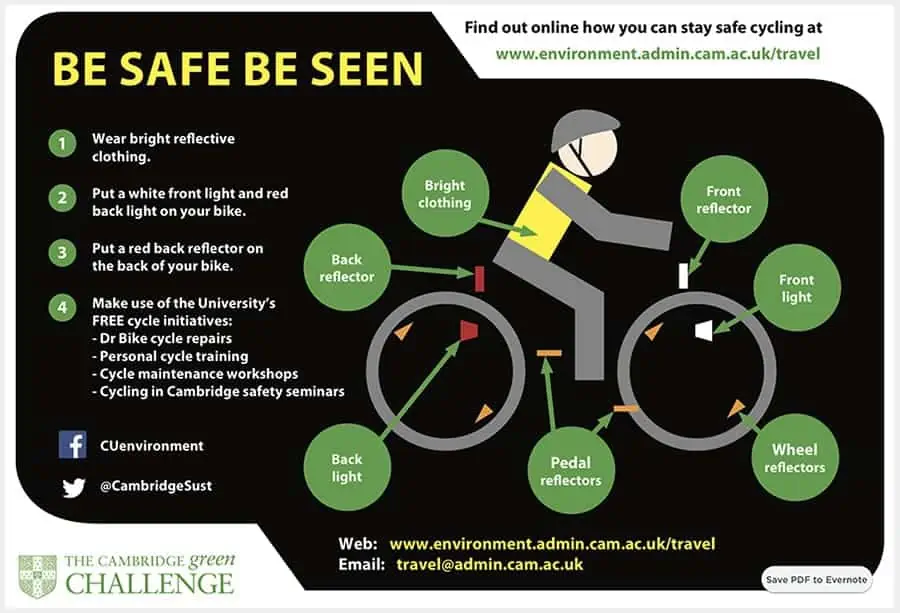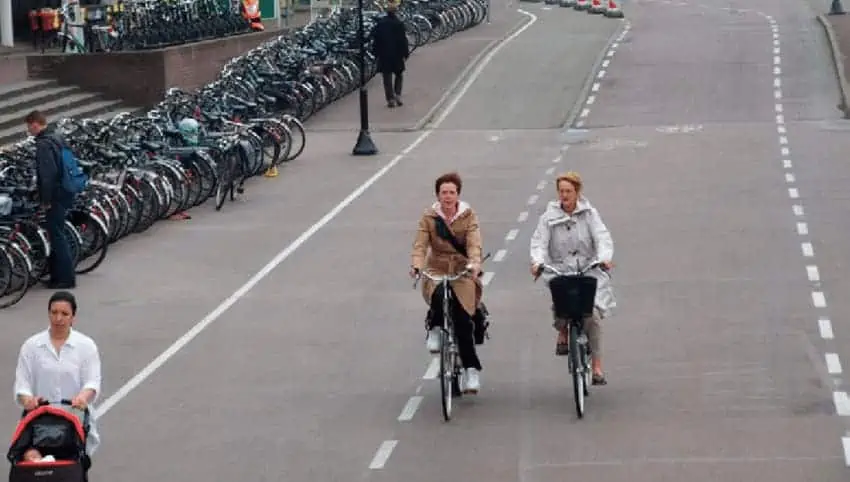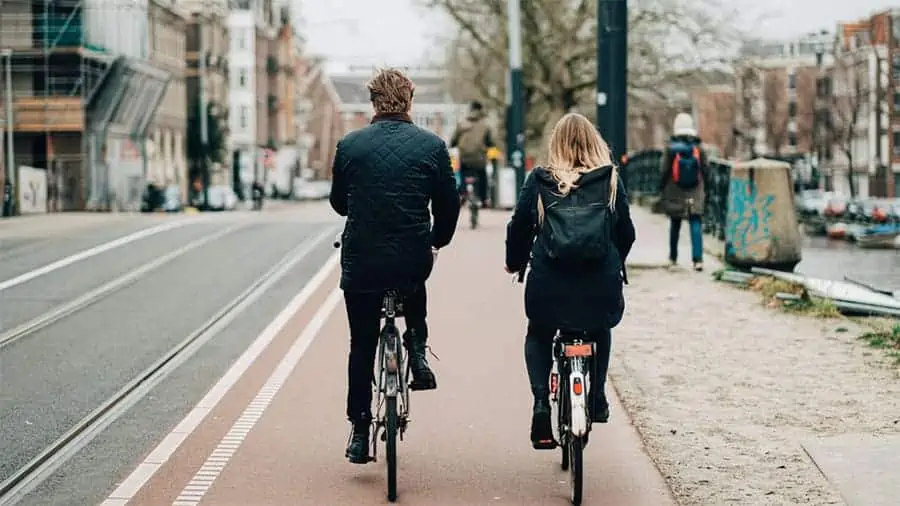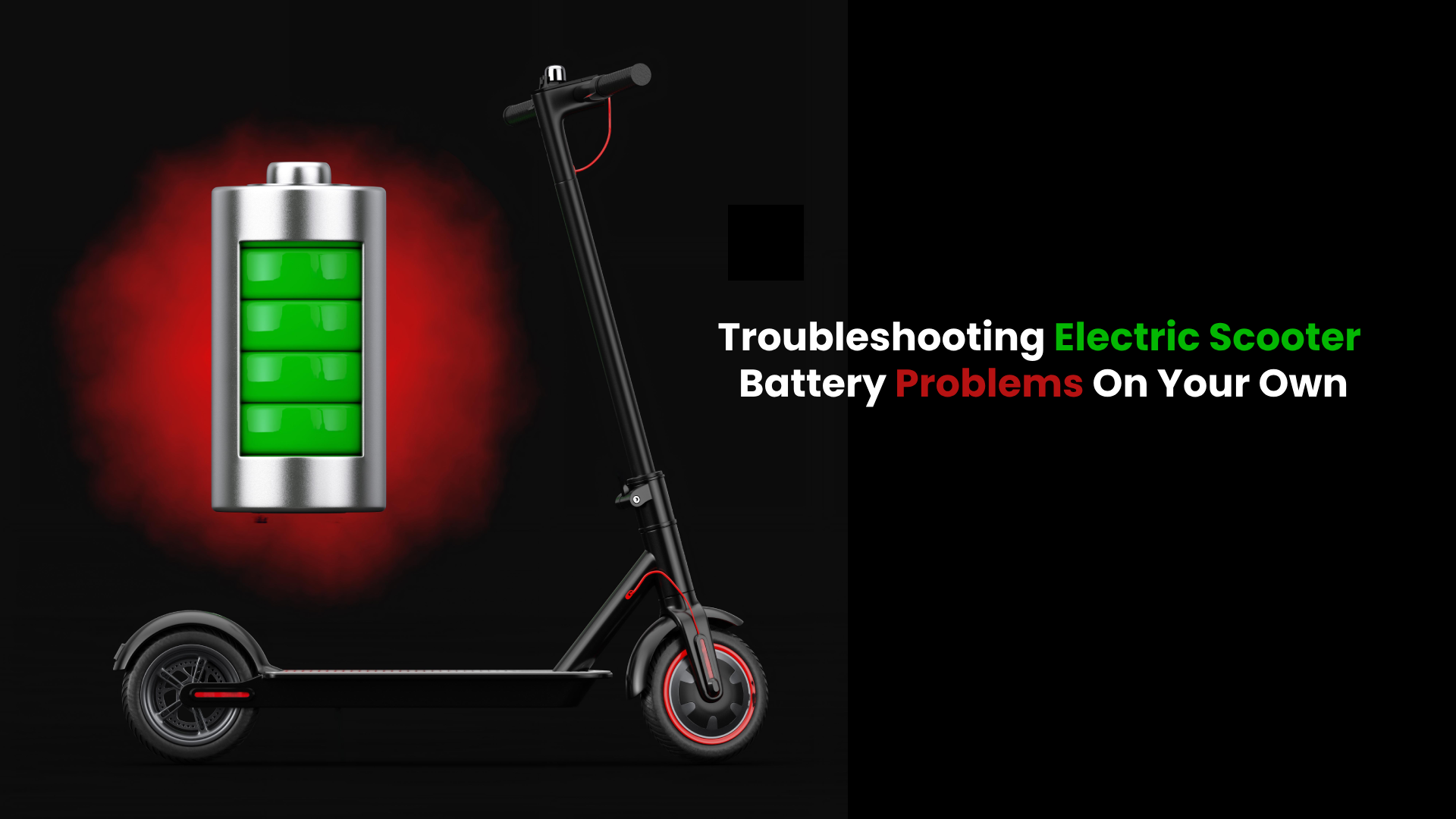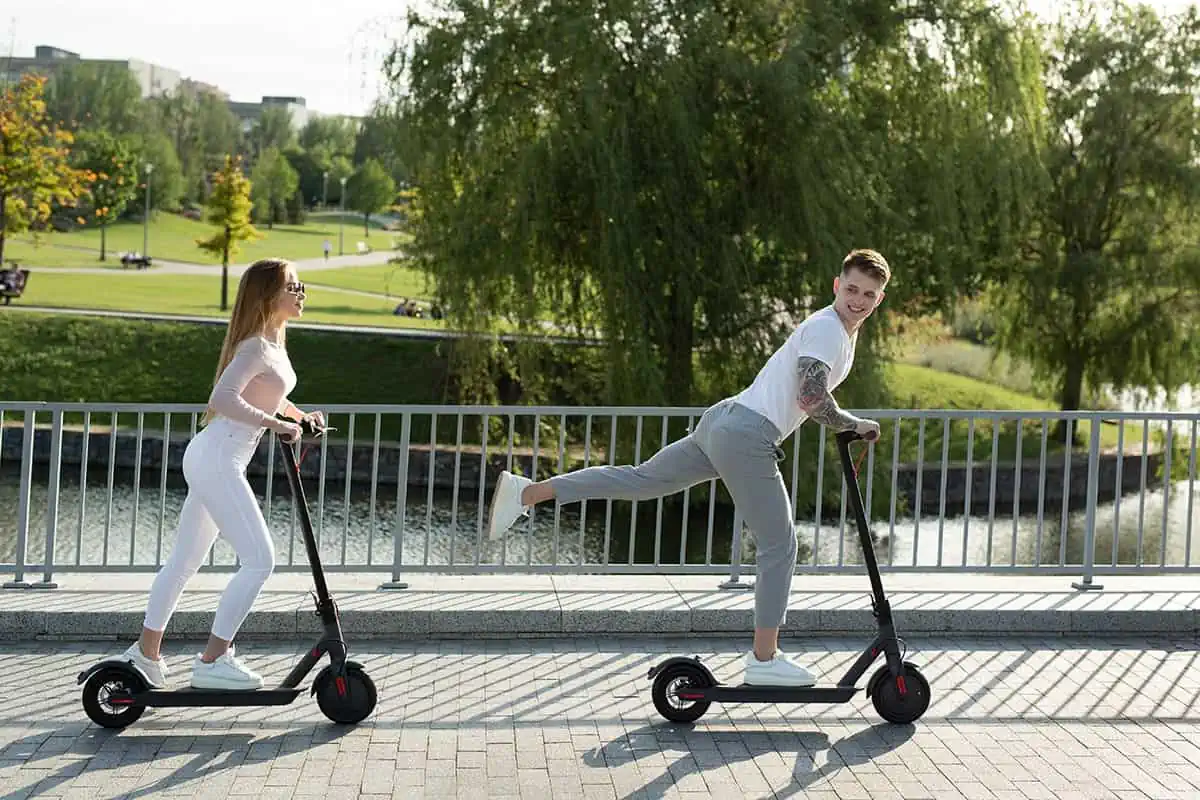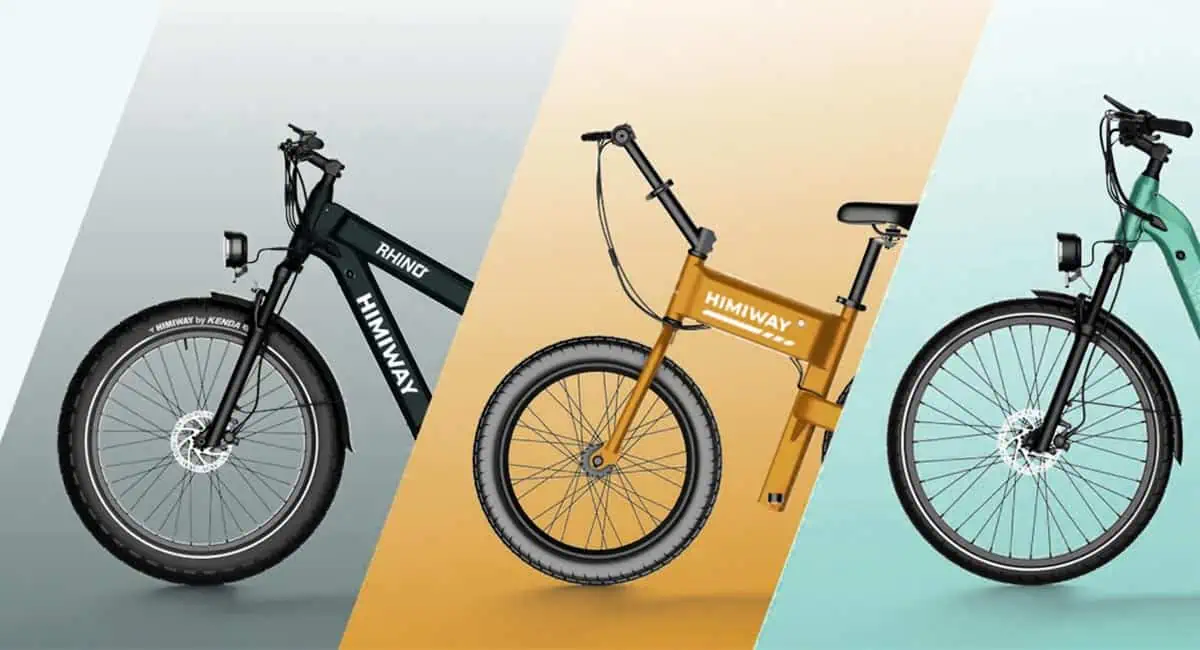Discover the top cycling cities worldwide in this blog, exploring their infrastructure, culture, and the benefits of cycling environments globally.
These days More people are choosing to ride bikes instead of driving cars. Today, there are several cities scattered across the United States with quality trails that encourage plenty of riding. These cities are widely acclaimed as the bike capitals of the United States.
This increase in popularity has led to local governments all over the country enacting new policies to help spread the word about safe cycling practices.
Source: singletracks
Some cities have launched special bike lanes besides just building more shoulder space for bikers and installing bike racks at train stations. There’s no doubt that the interest in both biking and cycling infrastructure seems to be on an upwards trend.
Source: statista
Here’s a chart of the number of participants in bicycling in the United States from 2006 to 2020.
Source: statista
As a cycling enthusiast you may be wondering what makes a city a top cycling city. How do people know whether a city is good or bad for cyclists? I’ll answer all these questions and more in this article.
Top Cycling Cities in United States
Some of the best places to cycle around the USA include: Crested Butte, San Francisco, Stanford, Seattle, Berkeley, Boston, Washington DC, Philadelphia, and Santa Monica. Cycling in these cities is great for both exercise and leisure.
With many bike paths, public transport options, and plenty of activities to do, you won’t ever feel bored while cycling in any of these locations.
The following chart highlights the most and least bike-friendly cities in America.
Source: towerelectricbikes
What Makes a City Best for Cycling
A cycling city can be defined by many things. It can have dedicated cycle paths or lanes; it can simply have more cyclists on the road. But one thing that all cycling cities share is the presence of dedicated infrastructure and culture that promote cycling.
Many cycling cities also have a large number of bike shops where riders can buy/rent bikes and buy new equipment. Other factors include the number of tourists who ride bikes, how safe the roads are, and the availability of bicycle-friendly public transportation.
While most cities boast of impressive tourist attractions and world-class museums, they may not necessarily be as welcoming to cyclists. If a city is not well-suited for cycling, then it tends to be inconvenient, unsafe, pricey and difficult to navigate on two wheels.
In addition to being physically challenging, cycling in such a city can also be dangerous because of poor street design and lack of designated parking spots. Well here we take a look at some of the criteria used when ranking a certain city as one of the best places to cycle:
1. Biking Infrastructure
Source: wikipedia
First things first, if a place lacks designated paths, secure storage facilities, well-maintained bridges and proper signage, then it won’t be easy to safely cycle. The most important thing in this category will be dedicated cycling paths.
Do they exist? If so, do they run through all parts of the city? Are they separated from car traffic? What kind of lighting do they have? How much maintenance does the city put into them? All these questions should be answered before a city can be guaranteed as safe for cycling.
Another consideration will be how often the existing paths suffer damage due to heavy vehicular and pedestrian usage. This can result in dangerous conditions causing accidents that could potentially injure cyclists or pedestrians alike. Proper repair services need to be readily available to keep the shared paths in good condition.
Signage plays another critical role because it lets people know where paths go and whether or not paths are blocked by parked vehicles. In addition, signage should tell people which way is north, south, east and west. Without these signals, people will inevitably end up going down the wrong street or getting lost.
Thankfully, the United States of America is making efforts to improve its bike infrastructure due to the increasing popularity of biking as an alternative mode of transportation. This includes constructing new multi-use trails as well as repairing existing ones.
2. Cycling Culture
Source: unsplash
The culture surrounding riding bicycles can make or break a typical city environment. People who love biking tend to create positive impacts where they live because they are aware of what needs improvement within an area. They become active advocates for cycling.
The other side of this coin is that someone who hates cycling can ruin an otherwise good city. They can oppose measures like creating dedicated protected bike lanes, building better infrastructure, and even opposing legislation that protects cyclists.
Cycling cultures tend to develop over time. Cities with strong cycling communities tend to enjoy more favorable laws regarding bikes. If a city has a lot of cyclists, then it probably has an extensive network of bike trails and routes.
These routes can be used for commuting, touring, recreation, and competition. Cities with these types of networks tend to be better suited for cycling.
If a city lacks this type of infrastructure, then it will likely be less accommodating to cyclists. However, there are still ways to encourage cycling. For example, you can create your own trail, use social media to get the word out, or find a local group that shares your passion for cycling.
Choosing a destination based solely on what type of culture its residents are partaking in can be quite an interesting experience. So before planning your next move, take note of the cycling culture of your potential relocation.
3. Safety for Cyclists
Source: wolfson
Safety matters a lot when it comes to choosing a city to ride. Many factors determine safety but the presence of bike lanes, well-lit bridges and signs around key destinations should never be overlooked.
Roads that are poorly lit, too narrow, or full of potholes pose major dangers especially for novice riders. Inadequate road markings also lead to problems in knowing exactly where roads begin and end.
This might seem like a no brainer but unfortunately safety isn’t always guaranteed simply because there are regulations in place. Most big cities in the United States have laws requiring drivers and cyclists to follow certain rules. Yet, in reality, drivers tend to ignore these laws leading to countless collisions and injuries.
4. Bicycle Sharing Systems
A lack of quality bicycle parking and shared rental stations tends to be one of the biggest deterrents for people using public transport.
In most cases, bicycles are usually left outside at public garages, which means rainwater can get inside and start rotting them out. It also makes retrieving your bike from a garage difficult which leads to losing track of your personal property.
Furthermore, some public areas have limited space for storing rented bikes because the number of rentals exceeds the amount of spaces available.
Bicycle sharing programs are relatively easy to set up if the government provides funding for such services and allows companies to operate on public land.
However, many governments often face difficulties coming up with enough funds to provide adequate service delivery. As a result, only a handful of places offer affordable public bicycle rentals.
5. Bicycle Friendly Policies
Source: researchgate
When you talk about bicycle friendly cities, you are talking about municipalities that promote cycling through different methods. Some may actively encourage cycling by offering bonuses for those who use bikes instead of automobiles.
If you want to stay safe while riding your bikes, consider visiting bicycle friendly cities.These cities know how important safety is for cyclists and take steps to ensure their citizens are able to ride comfortably. Additionally, they make sure motorists and pedestrians behave accordingly so as to avoid accidents.
6. The Weather
Cyclists need to be able to comfortably ride outside without getting too hot or cold. The temperature should be comfortable enough for them to exercise but not so extreme that they feel uncomfortable when riding.
Source: unsplash
This means that the average daily high temperatures should be between 20°C (68°F) and 30°C (86°F). And while we’re talking about the weather, rain shouldn’t be a problem either.
Rainy days don’t stop anyone from going for a bike ride, but they can make cycling more difficult.
7. Public Transportation
It’s no secret that some cities offer better public transit options than others. While many people prefer to drive everywhere, using public transport is becoming increasingly popular. If a city doesn’t have good public transportation, then it might not be easy for cyclists to commute.
But just having good public transit isn’t always enough. Moreover, ridership numbers alone aren’t indicative of whether a city is a good fit for cycling. Ridership numbers only tell part of the story. It’s important to look beyond the number of riders and consider how safe and convenient the system is.
Conclusion
The best cities for cycling are those where the climate is ideal, the population density is low, and the bicycle infrastructure is conducive to cycling. Cities that have these characteristics help reduce cyclist injuries and fatalities while simultaneously reducing motor vehicle related deaths and injuries. Cycling also promotes healthy living through increased physical activity.

